Mula Bandha
What is Mula Bandha( Root Lock ):
“Even an old person becomes young by constantly practicing Mula Bandha” –Hatha Yoga Pradipika
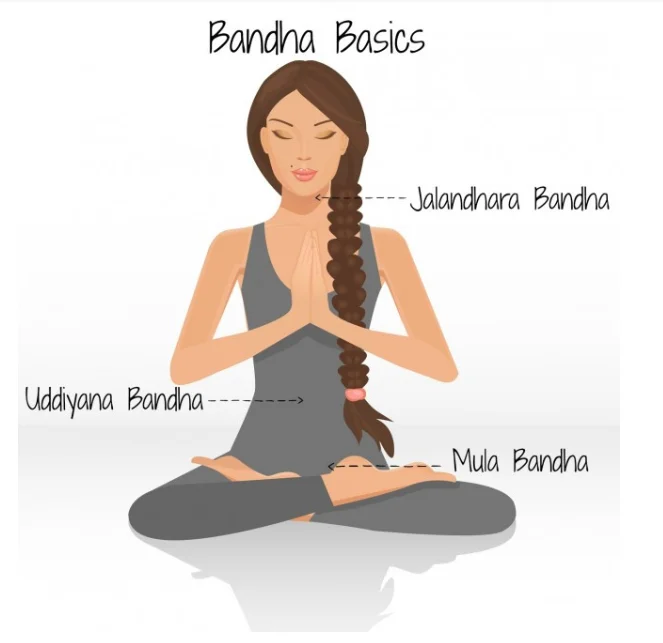
Physiological Anatomy of Root Lock
Through the lens of modern physiology, Mula Bandha can be taught simply as the activation and engagement of the perineal muscles. Anatomically, the Mula Bandha is a diamond shaped area of muscles that covers the space between the pubic bone, the two ischium (sitting bones, which can be regarded as the sides of the diamond) and the coccyx (tailbone). The muscles involved are the coccygeus, iliococcygeus, and the pubococcygeus muscles. Together they make up the Levator Ani muscle, which makes up part of the pelvic floor.
When we become aware of the space between the pubic bone and coccyx, it can help to create a sense of connection between the front and back body. Usually this is handled by the already overworked psoas muscle, which is a result of our modern (generally sedentary) lifestyle and can be a major source of lower back pain. Building continuous awareness of the Levator Ani through the practice of Mula Bandha during yoga asanas can help to alleviate existing tension and prevent lower back pain both on and off the mat.
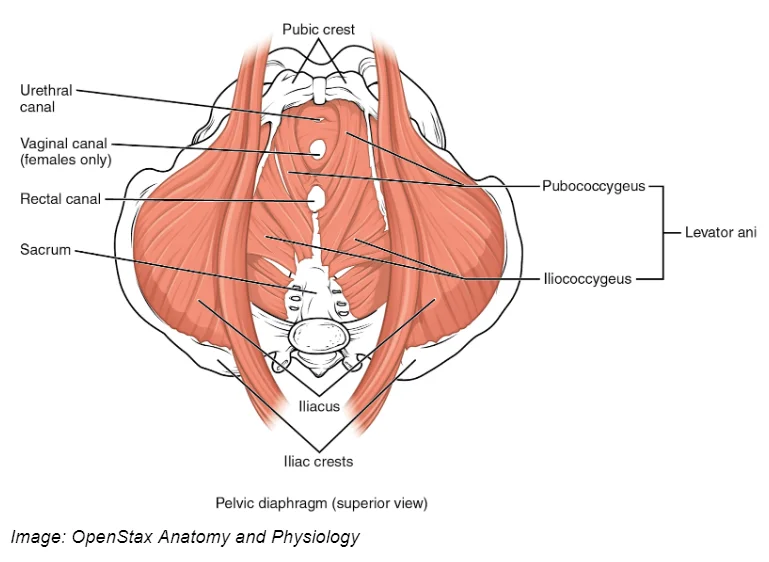
Energetic benefits of Mula Bandha – Root Lock
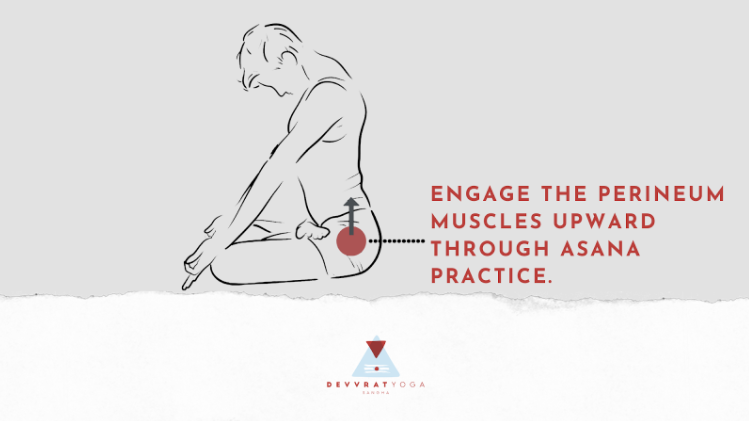
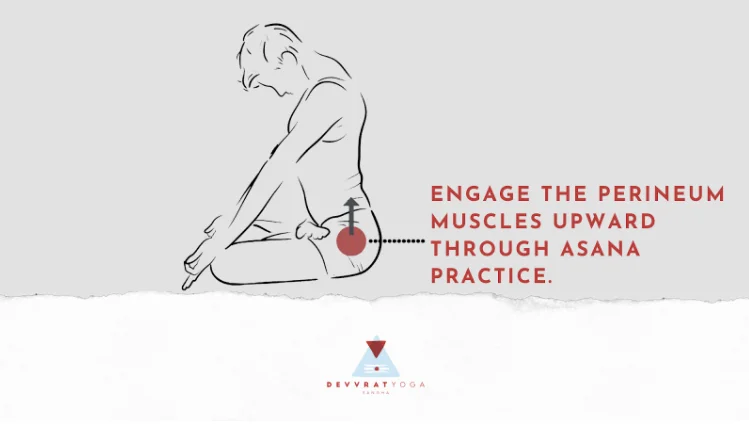
Physical benefits
How to perform Mula Bandha ( Root Lock )
- First look at the tip of your nose and notice the Mula Bandha subtly taking hold.
- Sit crossed-legged and imagine you are levitating. Picture the energy flowing upward and you will instantly activate Mula Bandha.
- Imagine you need to hold your pee, these are the muscles you contract.
STAGE 1
Begin in a comfortable meditative posture with a straight spine such as Siddhasana (accomplished pose). Women can use the Siddha yoni asana where the left heel is pressed against the perineum, and the right heel against the genitals. Close the eyes and take a few deep inhales to relax the body, mind and breath. Feel the ribs expand and relax the abdomen. Gently contract the entire pelvic floor and then release it. Do this slowly and rhythmically for as many repetitions as is comfortable for you. You don’t want to overwork the pelvic floor, so aim for 10-25 times.
While it is not necessary to sync the breath with the movement it is important to keep breathing regularly. The goal of the first step is not to distinguish between the different muscles, but to strengthen all the muscles of the pelvic floor and bring awareness to them.
STAGE 2
In stage 2 we will try to distinguish the different muscles. First we contracted all the muscles of the urinary, anal and perineal region. Now we will try to contract just the perineal or vaginal muscles and hold for a few seconds while breathing normally. The root of Mula Bandha is located about 2.5 cm into the body from the perineum and this is said to be the location of Muladhara chakra. Similar step 1, the contraction and release should be done slowly and rhythmically.
STAGE 3
In stage 3, inhale deeply and hold the breath. Meanwhile bring your awareness to the centre of the perineum/cervix, begin to slowly contract those muscles and hold for as long as comfortable with the breath held in. When you are ready to exhale, release the contraction as well. Take a few relaxation breaths before attempting the practice again. You can repeat these steps as often as is comfortable. Note that this is the initial version of Mula Bandha, which can take some time to get used to. Don’t rush the process!
STAGE 4
Now try to sync the contractions of the perineum/cervix with the breath. Inhale to contract the muscles, and exhale to release. Bring the awareness of the sensations associated with activating Mula Bandha. At first, the contractions may feel jerky, but with practice you will begin to gain control over the movements. This exercise can be practiced up to 25 times.
STAGE 5
Once you are able to activate Mula Bandha without it affecting the breath, you are ready to apply it to your meditation, pranayama or asana practice. You will likely experience that when the other muscles are relaxed, you will be able to hold Mula Bandha for a prolonged period of time. Remember that it is a lift and not a squeeze!
Contraindications
Avoid practicing Mula Bandha when experiencing…
what we offer
Explore Our Top Yoga Programs in Kerala

200H Yoga Teacher Training in Kerala
View Program
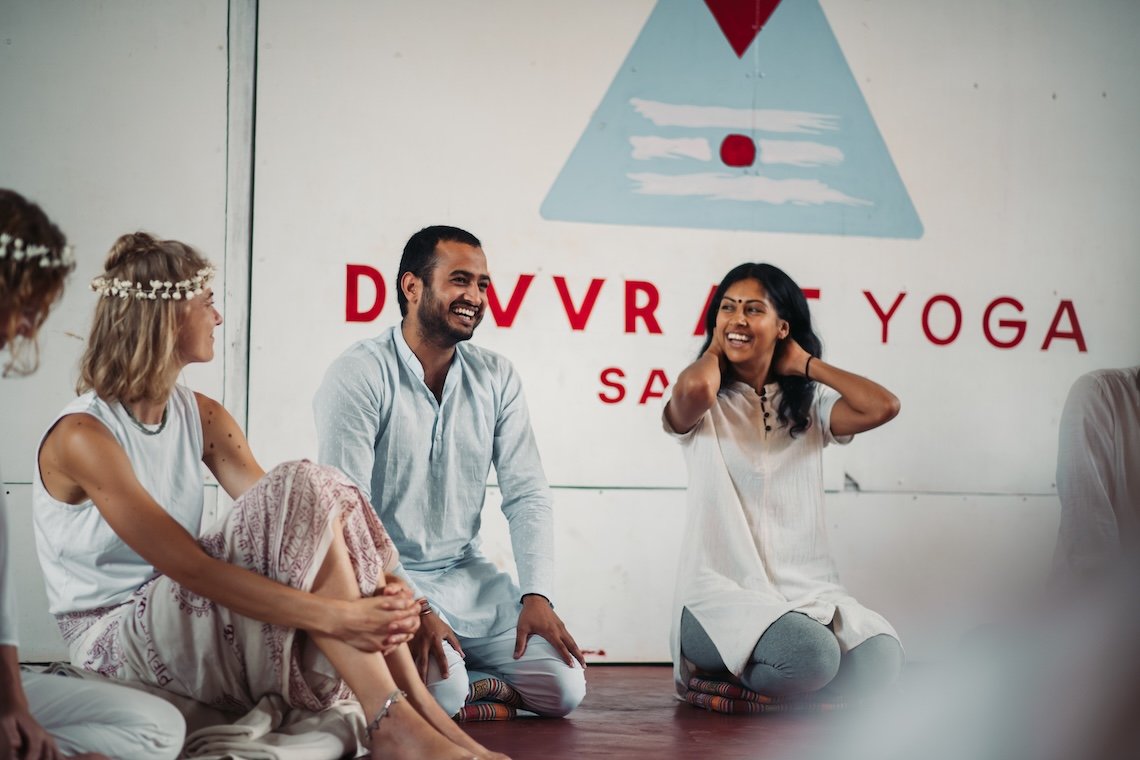
300H Yoga Teacher Training in Kerala
View Program

Yoga & Ayurveda Retreats
Shorter immersive retreats in Kerala combining yoga, Ayurveda, and meditation. Reconnect with yourself while experiencing India’s holistic traditions.
View Program
